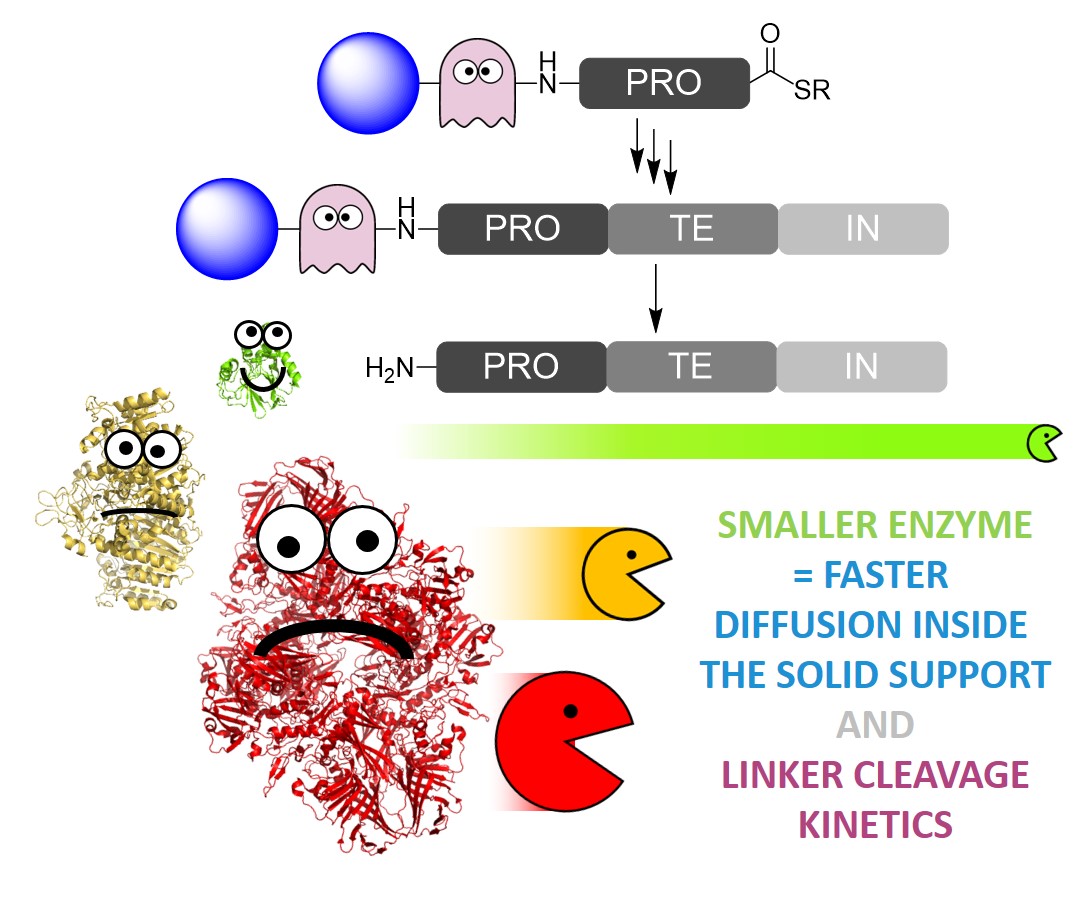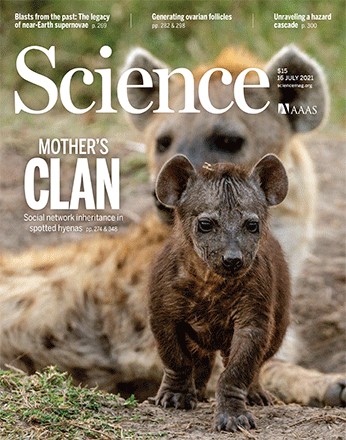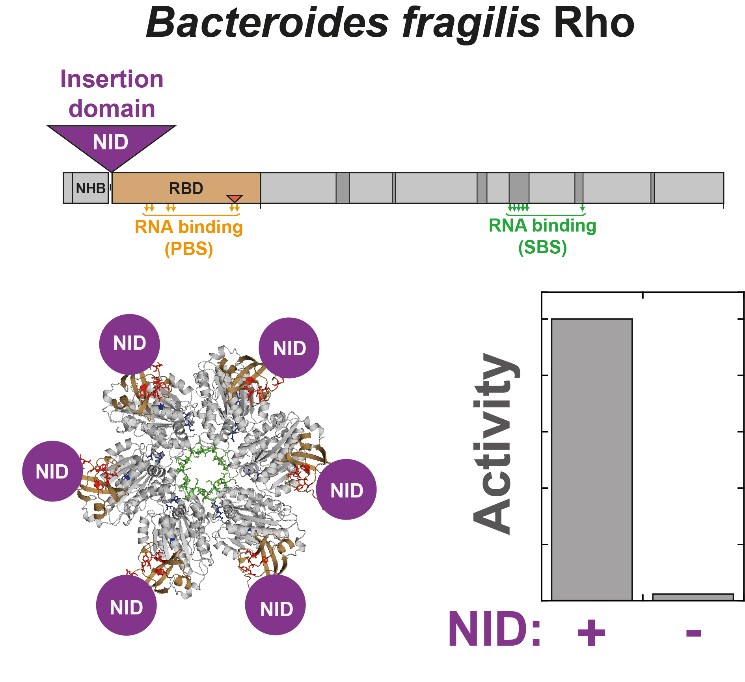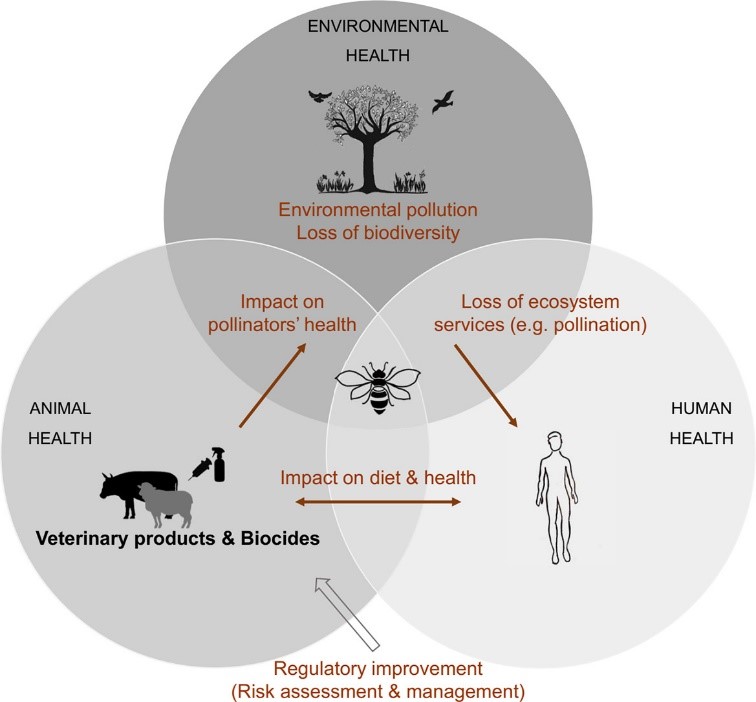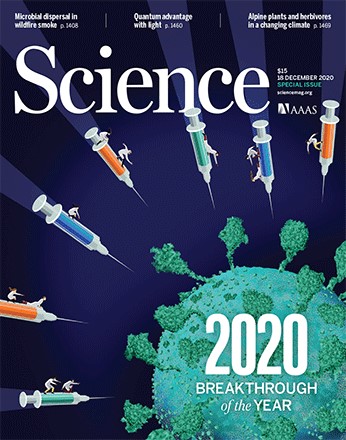Since the first synthesis of an amino acid dimer in the late 19th century, synthetic proteins represented a fascinating goal for generations of chemists. Invented in the 1960s, the solid phase peptide synthesis (SPPS) technology is since used routinely for peptides made up of a few dozen amino acids. The discovery of "chemical ligation" reactions in the 1990s paved the way to the synthesis of proteins of more than one hundred amino acids: extremely selective chemical reactions are used under aqueous conditions to couple peptide segments - themselves synthesized by SPPS -, devoted of side chain protective groups usually required in organic synthesis. Thanks to these methodological breackthroughs, the chemical approach to protein synthesis today advantageously complements biotechnological methods and enable the generation of native or modified proteins, tailor-made tools for deciphering biological processes at atomic resolution.
However, the synthesis of proteins of several hundred amino acids requires numerous successive chemical ligations, and therefore particularly delicate stages of purification of the reaction intermediates. One solution to overcome these steps is to assemble the proteins onto a solid support. Although very attractive, this approach has been limited to proofs of concept: one of the main reasons is the difficulty of grafting on a suitable solid support the first peptide segment through a linker that can be easily cleaved once the ligations carried out. Indeed, the conditions required for cleaving the linkers developed so far are incompatible with many proteins.
To overcome this problem, CBM scientists, in collaboration with colleagues from IC2MP in Poitiers, explored linkers programmed to be cleaved under very mild conditions by an enzymatic reaction. Remarkably, the size of the enzyme directly correlates with the rate at which the arm is cleaved, and therefore with the efficiency of the release of the synthesized protein. The method was applied to the synthesis of a peptide of 160 amino acids, which is to date the longest sequence ever synthesized by solid phase chemical ligations.
Reference of the article : S. A. Abboud, M. Amoura, J.-B. Madinier, B. Renoux, S. Papot, V. Piller, V. Aucagne. Enzyme-cleavable linkers for protein chemical synthesis through solid-phase ligations, Angew. Chem. Int. Ed., 2021, accepted article. https://doi.org/10.1002/anie.202103768
See the news on the website of the CNRS institute of chemistry

